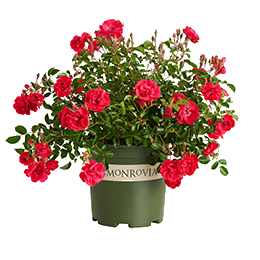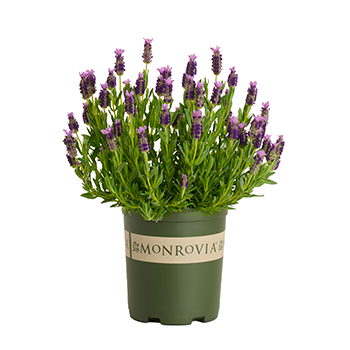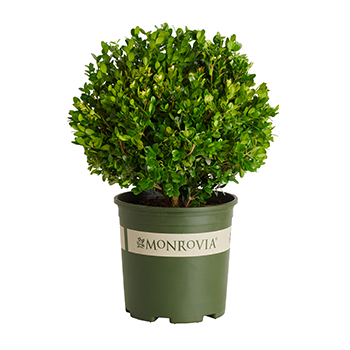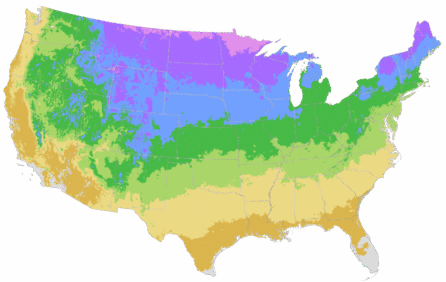You're growing in this Zip Code:
Change LocationDiscover Plants for Your Area
Mint Julep® Juniper
Juniperus chinensis 'Monlep'
Retailers Near You
No Retailers found within 100 miles of your zipcode
Be Inspired: How to Use this Plant
| Bloom Time | Conifer; prized for foliage. |
|---|---|
| Deciduous/Evergreen | Evergreen |
| Special Features | Easy Care, Waterwise, Compact Form, Benefits Birds |
| Problems/Solutions | Coastal Exposure, Deer Resistant, Erosion Control, Rabbit Resistant, Drought Tolerant, Tolerates Urban Pollution |
| Growth Rate | Moderate |
| Growth Habit | Spreading |
| Landscape Use | Border, Windbreak, Suitable for Topiary |
| Design Ideas | A informal shrub that is highly adapted to topiary forms. Use as a rugged hedge along driveways and to divide properties. Helpful barrier to shield more sensitive planting from winter wind and snow drift. Provides solid foliage to mask crawl spaces and utilities in foundation planting. Blend with gold and bronze evergreens in mixed shrub borders. The spreading form is an ideal bank cover for erosion control. |
| Foliage Color | Green |
| Companion Plants | Lilac (Syringa): Rose (Rosa); Catmint (Nepeta); Clematis (Clematis); Barberry (Berberis); Maiden Grass (Miscanthus) |
| Care Instructions | Highly adaptable and easy to grow in most well-drained soils; avoid overly wet conditions. Water deeply, regularly during first growing season to establish an extensive root system; reduce frequency once established. Apply a slow release fertilizer before new growth begins in spring. Prune annually to shape. |
| History | This uniquely colored cultivar was introduced in 1961 by Monrovia. It is a variation of the species, J. chinensis, a tree that can reach sixty feet tall in its native mountain ranges of northern and central China, which illustrates why it is so naturally cold hardy. The Chinese have grown the species for centuries and produced a number of their own garden cultivars before the plant was "discovered" by the west. The genus Juniperus was classified in 1767, but taxonomic confusion resulted with the introduction of other forms from China that are technically the same species but more accurately subspecies and cultivars. Further cross breeding resulted in a huge array of sizes, forms and colors. The leaves of this juniper are toxic but have been used over the years in certain home remedy ointments. Foliage is repellent to lice, and oils are extracted from the plant and used in traditional insecticides. |
| Bloom Time | Conifer; prized for foliage. |
|---|---|
| Deciduous/Evergreen | Evergreen |
| Special Features | Easy Care, Waterwise, Compact Form, Benefits Birds |
| Problems/Solutions | Coastal Exposure, Deer Resistant, Erosion Control, Rabbit Resistant, Drought Tolerant, Tolerates Urban Pollution |
| Growth Rate | Moderate |
| Growth Habit | Spreading |
Retailers Near You
No Retailers found within 100 miles of your zipcode
Retailers Near You
No Retailers found within 100 miles of your zipcode
Buy Online
We cannot currently ship this product to your zip code.
About Us
We have been pioneers and craftsmen in the art of growing plants for nearly
100 years. Since our founding in Southern California by Harry E. Rosedale, Sr.
in 1926, we have been absolutely dedicated and obsessed with quality.
We have been pioneers and craftsmen in the art of growing plants for nearly 100 years. Since our founding in Southern California by Harry E. Rosedale, Sr. in 1926, we have been absolutely dedicated and obsessed with quality.










